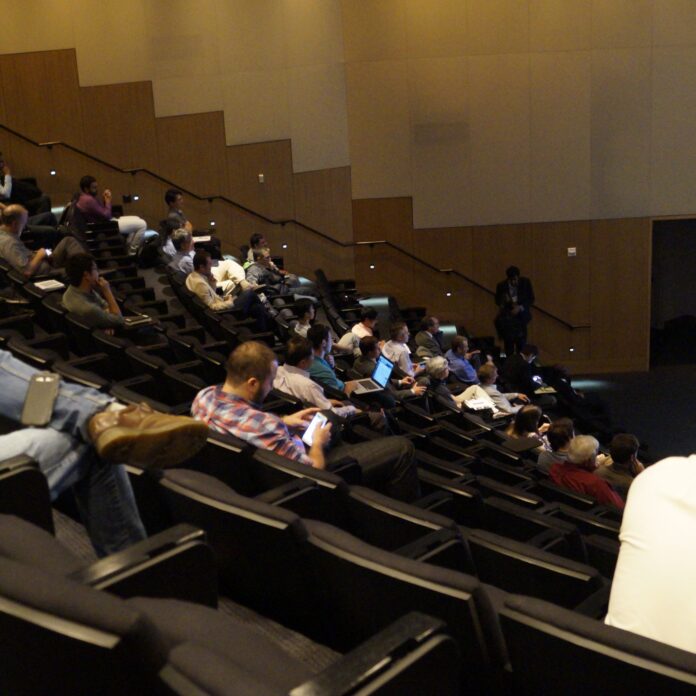From automotive applications to virtual reality, millimeter wave spectrum could support data hungry applications
AUSTIN, Texas – Millimeter wave spectrum has gone from being a moonshot technology to a likely feature of next generation “5G” mobile networks. That’s what Professor Robert Heath of the University of Texas-Austin told attendees to the Texas Wireless Summit on Friday.
“Four or five years ago,” Heath said,” if you said something like millimeter waves are going to be part of the next generation of cellular systems, you would’ve been laughed at.”
But the sheer volume of available spectrum between the 30 GHz band and 300 GHz band, is compelling, Heath said: “It’s simple. We want more spectrum.”
Heath did identify potential obstacles to millimeter wave use, including the fact individuals could essentially render it useless by physically blocking the antenna array contained in their device. But, he said millimeter wave technology “is well suited to solve several key problems in 5G.
The high data rates millimeter wave spectrum could support would be ideal for use case like transmitting streams of data from next-generation connected cars, data-hungry virtual reality applications, autonomous robots and more.
“It’s going to help us solve certain key problems in 5G.”
Heath also discussed millimeter wave in the context of small cells: “I think small cells are very interesting for millimeter wave because of the whole blockage phenomenon. We need a lot of infrastructure, therefore we’re going to need a lot of small cells.”
In summary, he said, “The future is bright for millimeter wave. I think it’s a great technology and I’m excited about all the different aspects of it.”
Check out Heath’s entire presentation on millimeter wave:
Check out the RCR Wireless News YouTube channel for complete coverage of the Texas Wireless Summit hosted by the Wireless Networking and Communications Group.
Federal Communications Commission Chairman Tom Wheeler recently circulated a Notice of Proposed Rulemaking that looks to provide “flexible spectrum use rules for bands above 24 GHz, including for mobile broadband use,” including millimeter wave spectrum. Wheeler said promoting flexible use of those spectrum bands would help support the continued development of high-speed mobile broadband services.
“We are leveraging regulatory advances and propose to use market-based mechanisms that will allow licensees to provide any service – fixed, mobile, private, commercial and satellite – depending on the band, and allow unlicensed uses to continue to expand,” Wheeler noted in ablog post. “We are proposing to create a space that leverages the properties of this high band spectrum to simultaneously meet the needs of different users.”
Heath has previously appeared on RCRtv’s HetNet Happenings to discuss millimeter wave. Check it out:

